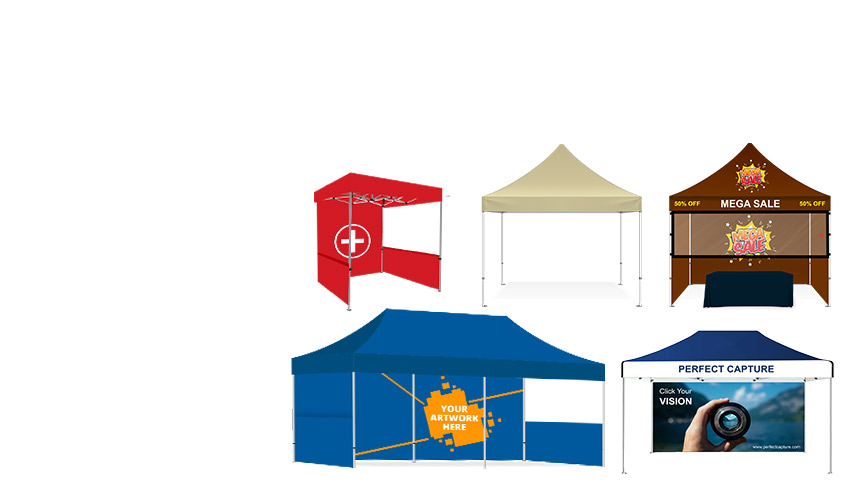When it comes to owning and operating a business, more and more people are exploring the concept of a home business and discovering various ways to use remote work as a way to pursue entrepreneurship, with their home doubling as a workplace.
While there are many different ways to start a home-based business, here are some of the most important steps you need to follow in order to realize your dream of starting one for yourself.
Home-Based Marketing Tips

Marketing is one of the most important parts of setting your home-based business up for success. Good marketing is largely about knowing and understanding your market in terms of what your target audience wants or needs. Knowing how your audience expects to interact with brands will help you devise an effective outreach strategy.
For instance, even though you’re working from home, you need to have custom business cards, as they are a valuable marketing tool. You can include your card in order shipments or give them to any prospects you come in contact with. Likewise, custom banners and canopy tents are great ways to increase brand visibility at outdoor events. If your brand wants to grow, pop-up shops, farmers markets, and local events are effective ways to reach new business leads.
The Importance of Social Selling
Social selling is an excellent concept with a unique approach to modern-day lead generation. It allows your home business to zero in on prospects from various social media platforms. It gradually builds rapport with a network of potential leads to help you reach your sales targets.
Social selling provides insights into how your target market perceives your brand as well as your competitors. In the digital age, home-based businesses can thrive if they effectively use social selling to target their outreach. Work with micro influencers and join social media communities that align with your brand strategy. Doing so will position you as a leader in that community and help you gain insight into your customers’ feelings towards your brand so you can grow accordingly.
Share Your Journey Online

Having a robust online presence is more important now than ever, especially when it comes to building your brand, managing your business reputation, and increasing your credibility. Not sharing your journey online or engaging with your audience on social media can restrict the ways in which business prospects learn about what you offer.
For starters, you can design a website and ensure that you’re active on relevant social media platforms. Likewise, creating a google business listing can help your business quickly display your contact information and encourage prospective people to explore your website when searching online. The bottom line is, customers crave transparency. If your business faces trials or celebrates triumphs, include your customers in those conversations.
Develop a Social Media Strategy
Having a social media strategy for your home-based business is essential in increasing brand awareness, driving more sales, and reaching your target audience. It essentially covers everything you want to do and achieve on social media. For instance, the business details you’ll post, the social media platforms you’ll use, along with defining measurable goals that will support your specific business needs.
Apart from this, you must also create a well-defined content strategy and distribution plan before posting on your business’s social media accounts. This could include what types of content you need to publish on social media, the frequency of your content, and plans you have to promote it. Lastly, do not forget to put a social media follow button in all your email campaigns and make it shareable, as it can help you generate more outreach and followers.
Marketing Product Checklist

Once you attach your home business to a proper name and logo, the next step is to reach your prospective customers. Regardless of what type of business you operate, you’ll need a marketing product checklist and a brand concept to make your business recognizable.
For instance, there needs to be consistency in the logo, fonts, colors, and patterns. You can then carry that branding over to other marketing products, such as packaging, flyers, custom banners, advertisements, business cards, signage, and social media. The idea here is to implement standard branding elements to ensure consistency everywhere your business is represented.
These steps can make your journey in starting a new home business successful and help you scale as your clientele grows.





























 Posted in
Posted in 







